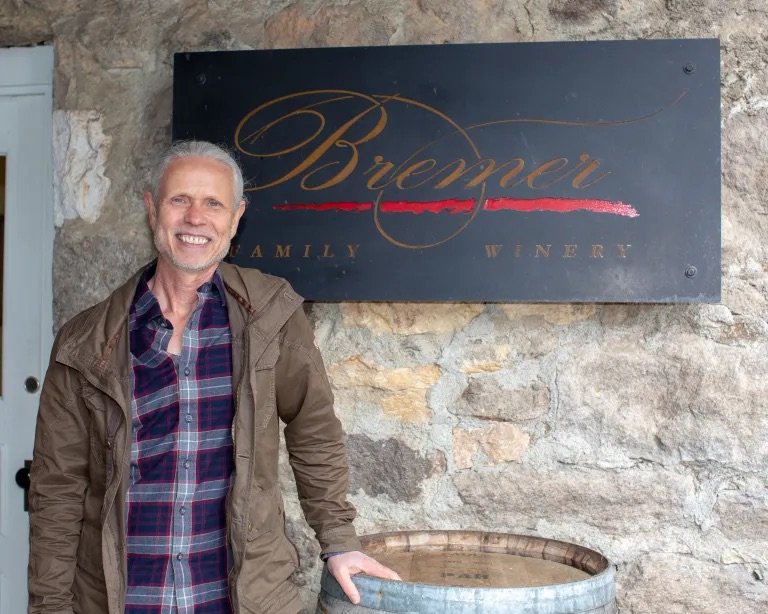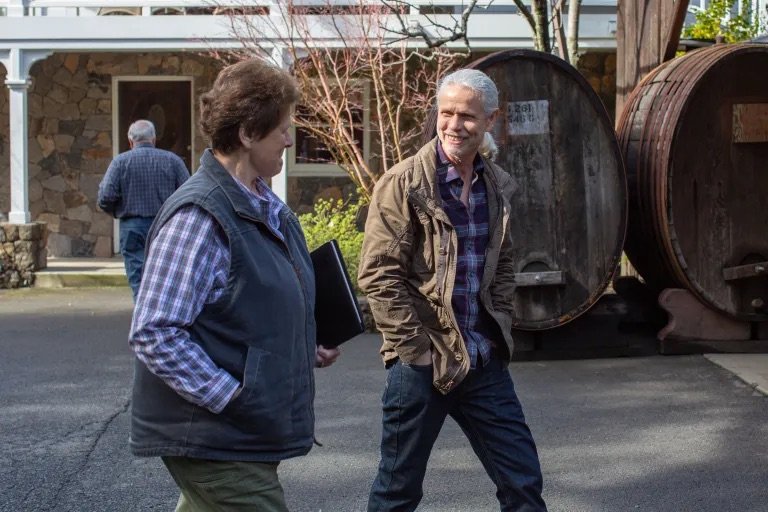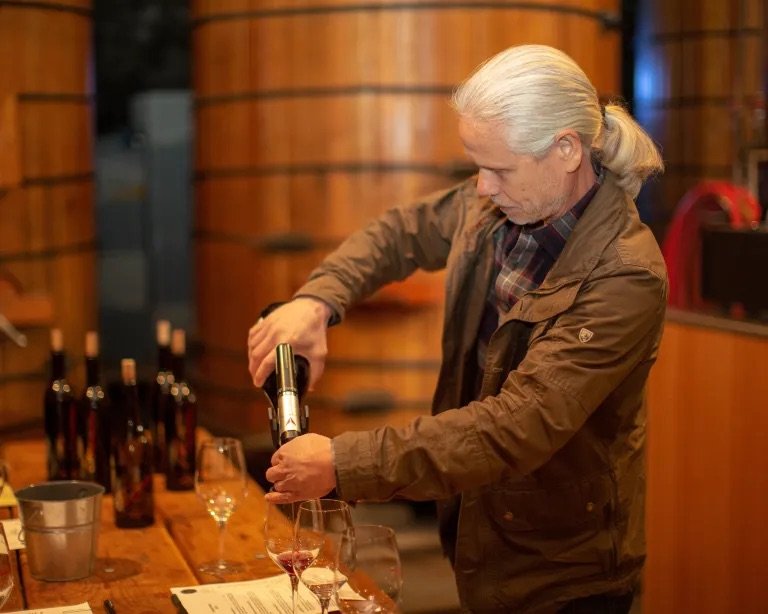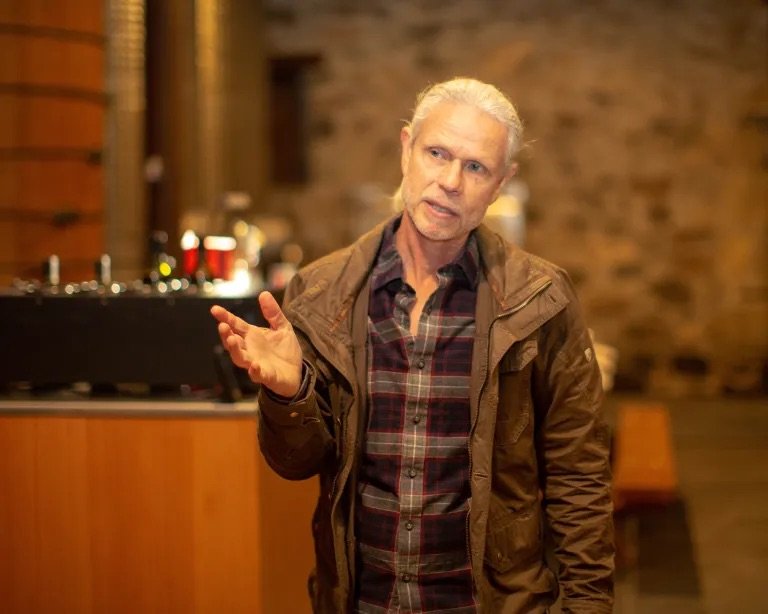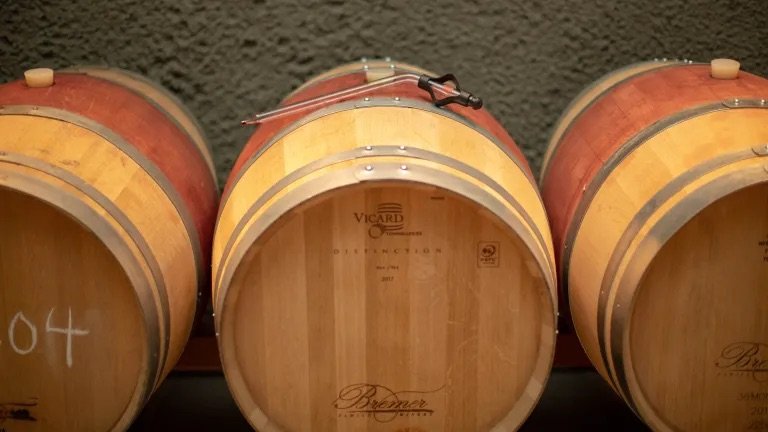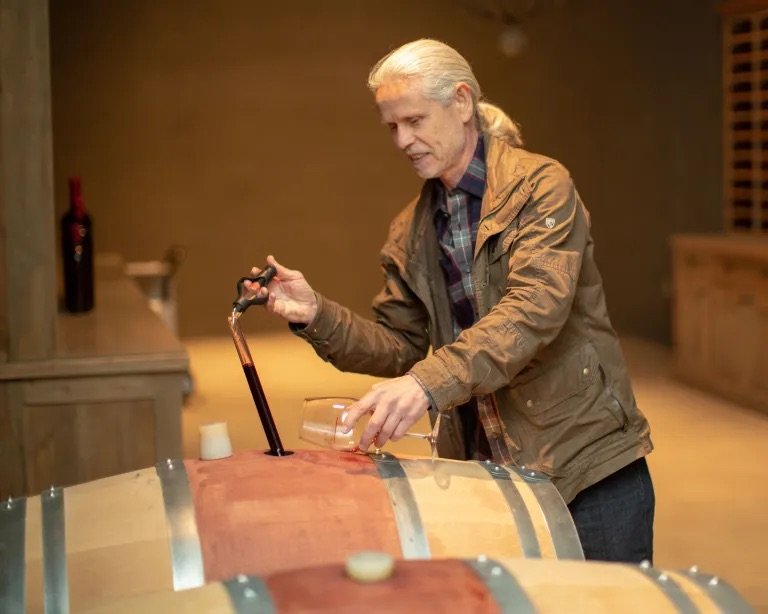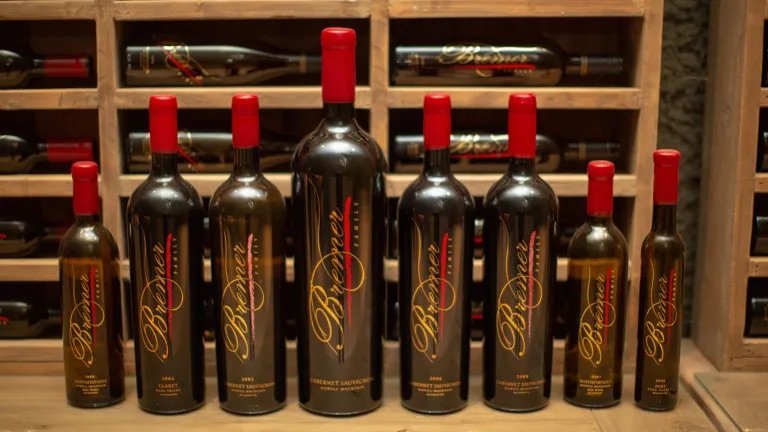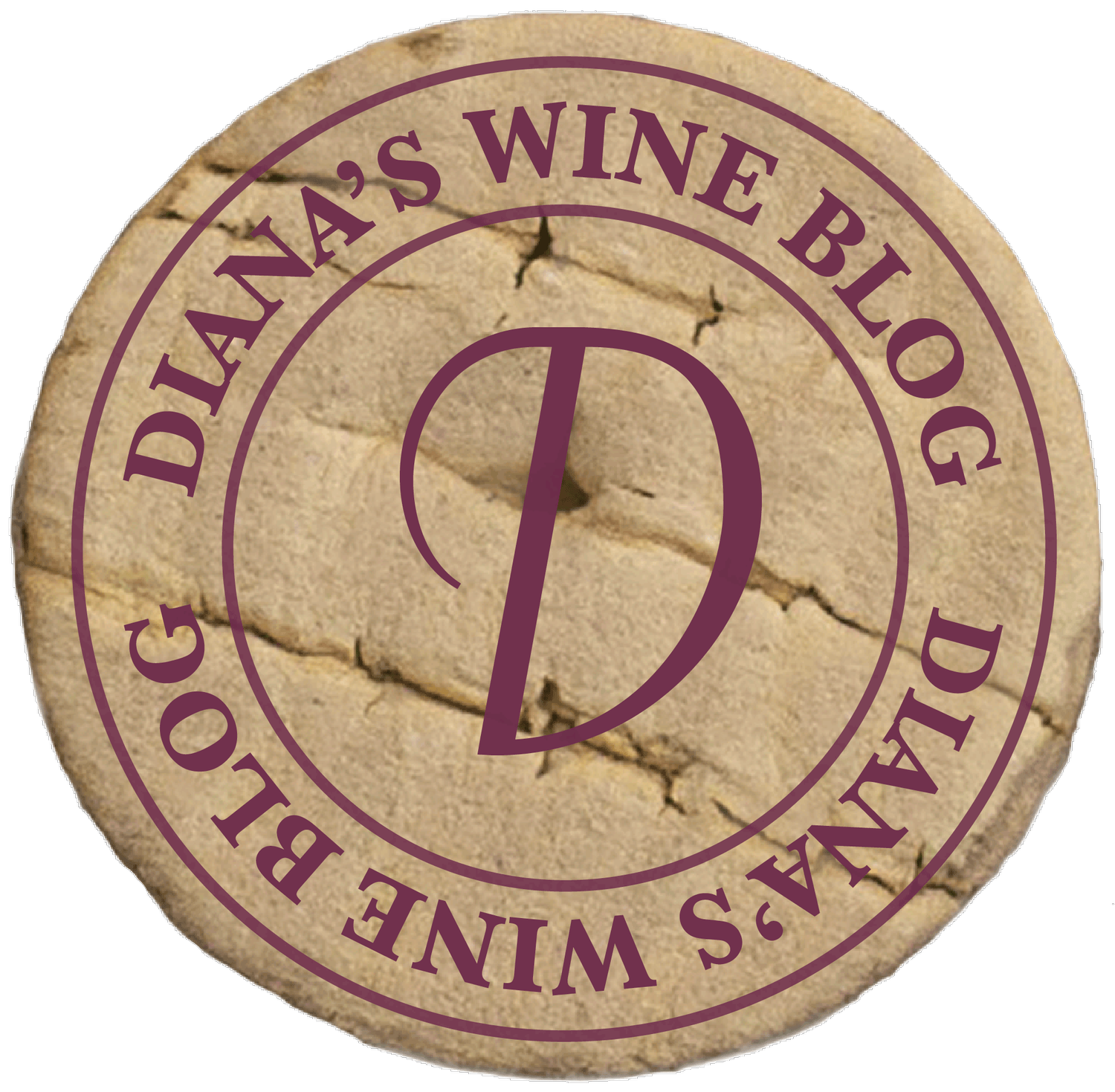Through the Eyes of the Winemaker: Featuring Bob Bolan
Bremer tasting menu
Recently, I had the opportunity to sit down with Bob Bolan, the winemaker for Bremer Family Winery. These are unique opportunities to learn and see wine through the lens of the winemaker. What do they see? What do they consider in making wine that is a joy to drink, share, and remember? It also allows for an appreciation and understanding of what brought them to this passion. It is a real moment to capture new insights and understandings.
Bremer is one of the fine wineries on Howell Mountain near Saint Helena within the Napa Valley. Rich, textured, deep flavored Cabernets are the hallmark of this AVA (American Viticultural Area). The Howell Mountain AVA is unique in that one of its defining characteristics is altitude. To be included in this AVA, your vineyards must be above 1400 feet. Most vines in this AVA are planted between 1400 and 2200 feet. This is real mountain fruit that provides great depth of flavor.
Bob is a talented winemaker who started his career as a chemical engineer after growing up in a small town in Kansas. His early passion was to make a difference and improve people’s quality of life, and his focus as an engineer was on alternative energy. Bob made his way to the San Francisco Bay area after falling in love with it during a business trip. His first job there put him inside an office in Silicon Valley. He quickly found that his greater drive was to be outdoors rather than in a suit looking out a window. Searching for ways to use his degree and considering becoming a college professor, he checked out the University of California—Davis and learned about a chemical engineer there who did most of his research on wine. Bob had discovered that winemaking would allow him to use his degree, have the quality of life he wanted, and make a difference in the lives of others. He attended UC Davis and got a degree in Enology (the study of wine).
A key contributor to Bob’s approach to winemaking was a classmate at UC Davis. The classmate was Jean Louis Chave, a 16thgeneration winemaker at his family’s property in Hermitage (France). Bob tasted their wine, and it was the best he’d had at that time. He had the opportunity to visit Jean Louis in France and meet his father Gerard Chave. Bob asked Gerardwhat the secret was to making good wine. He said “You must be quiet to a good winemaker.” For Bob, that didn’t mean literally quiet, but that you “have to listen and pay attentionto the little things. Learn something new every vintage. Observe. Be patient.” Gerard inspired Bob, and he took his advice to heart.
Bob’s first stop in the Napa Valley was at Stags’ Leap Winery, a highly regarded winery that produces deep, textured Cabernet. He spent six years at Stags’ Leap, honing his craft andrefining his skills under mentor and winemaker Robert Brittan. In March 2003, Bob was hired by Bremer Family Winery. This was a new venture, and the owners were looking to hire someone to oversee the vines and make great wine. Bob was selected from several hundred applicants, and it’s been a great partnership since then.
Before starting at Bremer, Bob asked himself what his style was going to be and how would he achieve it. Thinking back, he’d had wines that stood out – and they all had a silky mouthfeel, a smooth, long finish, and expressive flavors. He asked himself, “What is the source of that? Mouthfeel – that’s texture – what affects texture?”
Focusing on making wine with great texture, Bob identified three things he wanted to balance: tannins, acid, and alcohol. Finding the sweet spot for those components took center stage in his winemaking. He discovered that when a wine is in perfect balance, it not only has the mouthfeel, or texture, he seeks, but the flavors actually become more expressive.
One of the other key events in the winemaking process is when do you pick the grapes? Some winemakers will decide that largely on brix, a measure of sugar content in the grapes. Bob focuses on flavor and phenolic development — not brix. He doesn’t want his Cabernet to taste like bell peppers, and he doesn’t want too much tannin. He doesn’t want customers to have to wait twenty years to drink his wine.
As harvest approaches, Bob walks the vineyards, tasting the fruit and observing the various ripeness indicators— the color of the fruit, how firmly attached the berries are to the cluster, the color of the seeds, tannin content of the skins, and of course, flavor. This is part of being “quiet” and for Bob has the added benefit of some time to commune with nature. In fact, he views his job as a partnership with nature — in that each vintage is unique and presents its own challenges and opportunities that he must adapt to.
Bob says he really earns his salary in the blending process. (Remember that a bottle of Cabernet Sauvignon need only be 75% Cabernet Sauvignon. Other grape varieties, such as Cabernet Franc, Merlot, and Petit Verdot can be blended in to the wine to ‘round out the flavor’ and texture.) In his blending, Bob will try as many combinations as it takes to get it right, sometimes spending several weeks working out the blend of a single wine. Bob believes that if you start with ripe fruit and achieve balance in the final blend, then the mouthfeel will come. As he says, “Get the fruit ripe. Age it in good barrels. Blend for balance. That’s my philosophy.”
On the day we met, we tasted through several wines from the Bremer portfolio. One of the unique aspects, consistent with their goal to offer wines that are ready to enjoy, is that the lineup came from the ’12, ’13, and ’14 vintages. We started with a 2014 Chardonnay that was rich, smooth, and luscious. (I had to take a couple home, it was a lovely bottle). Next came a Napa Cabernet from 2012, then a blend of Bordeaux varietals from 2013, a rich and plush Merlot from 2013, and their Howell Mountain Cabernet from 2013. I also took home the Cabernet; as it stood out as rich, round, and smooth.
Each time I taste at Bremer, a different wine speaks to me. I invite you to put this winery on your list of places to visit the next time you are in the Valley. You will enjoy the ambience and, most importantly, the wine. As Bob writes on the back of his own Bolan Wines: “Winemaking is a collaboration with nature. Understanding this relationship is key to making expressive wines.”
If you want more information about Bob, check out his website. To learn more about visiting or purchasing Bremer Family Wines, visit here.
